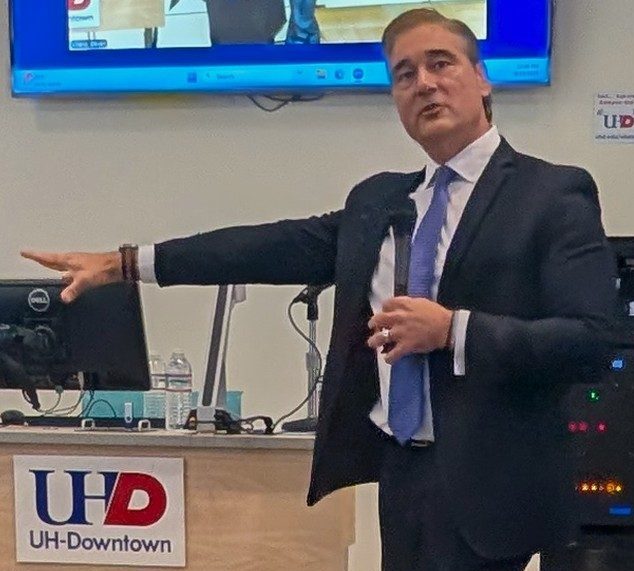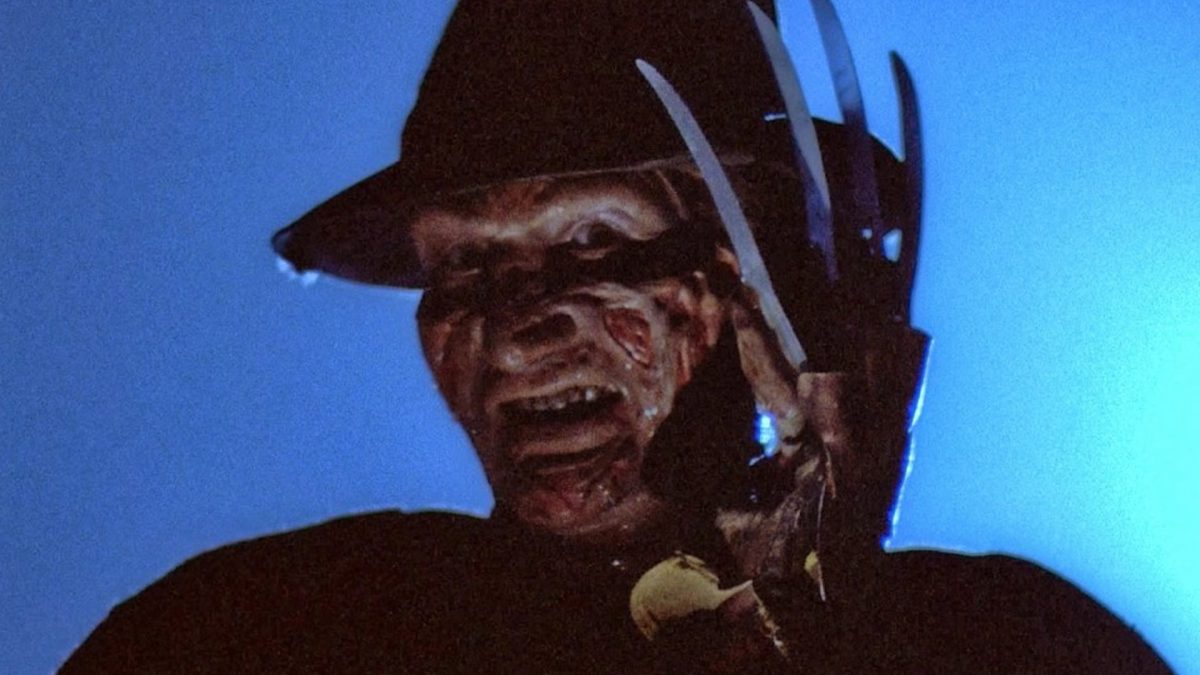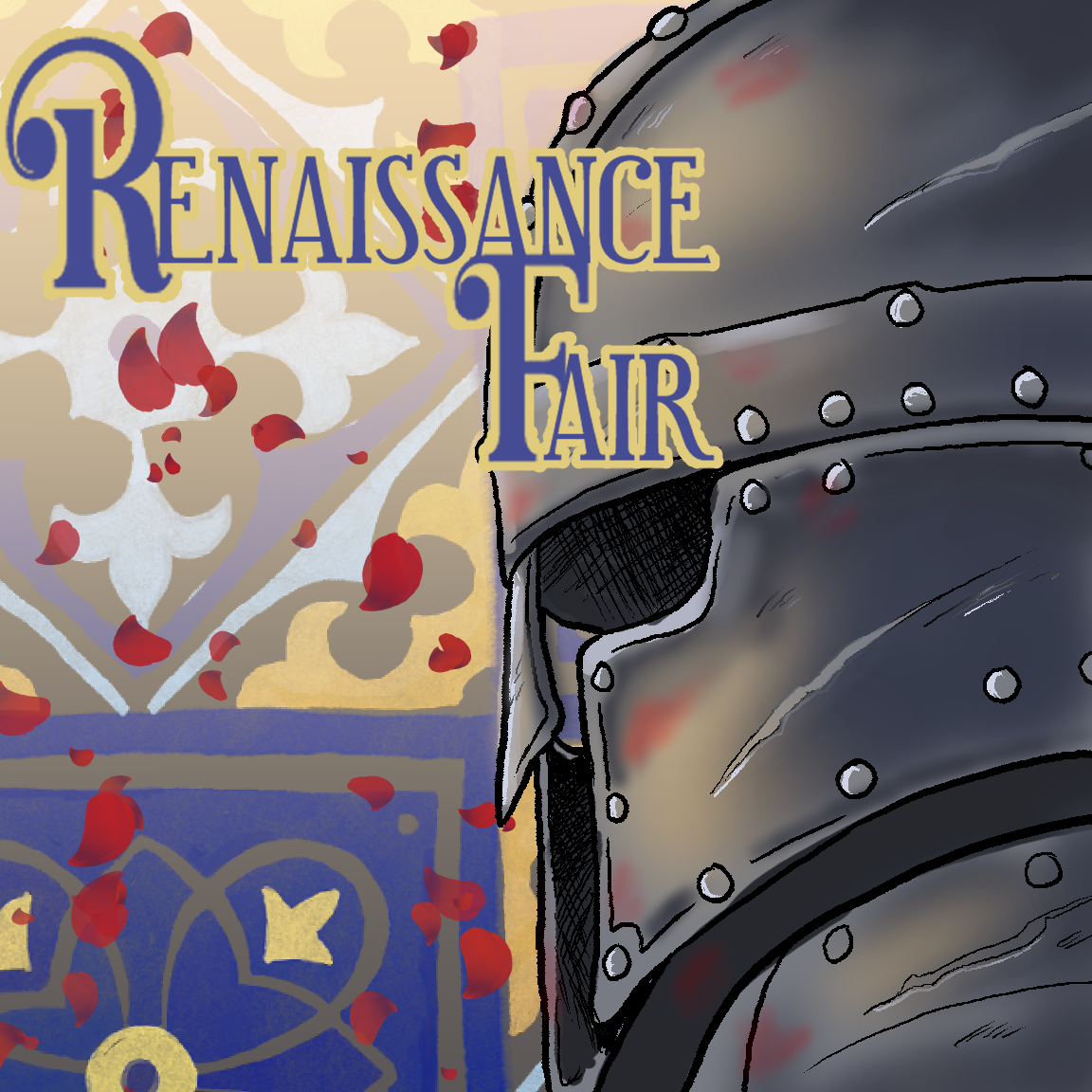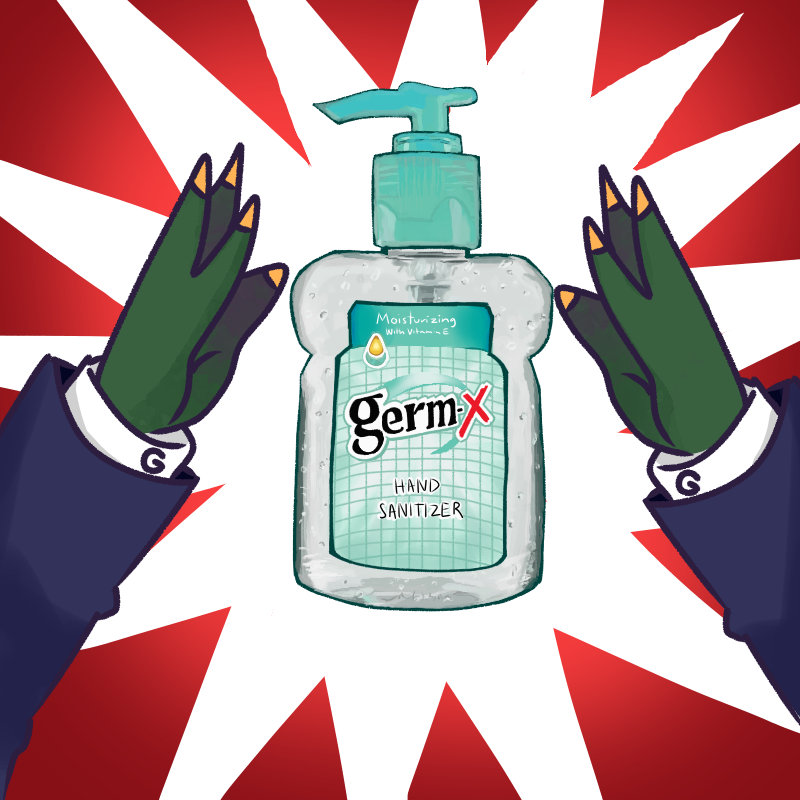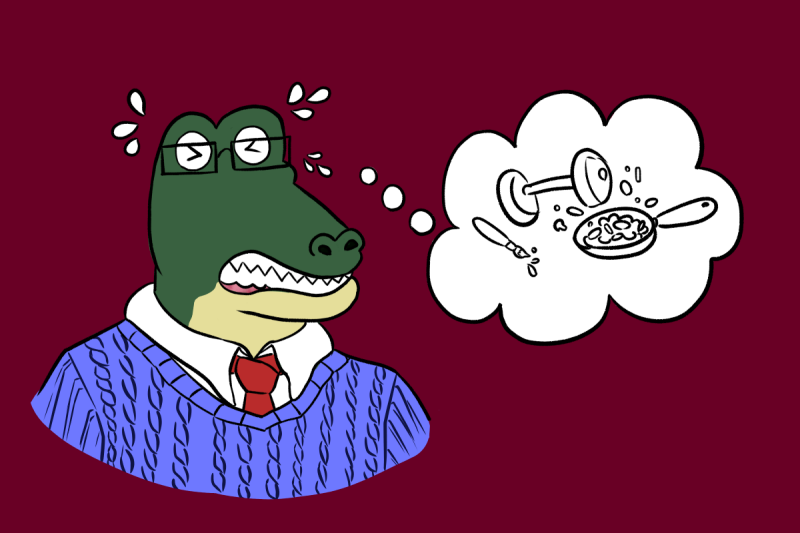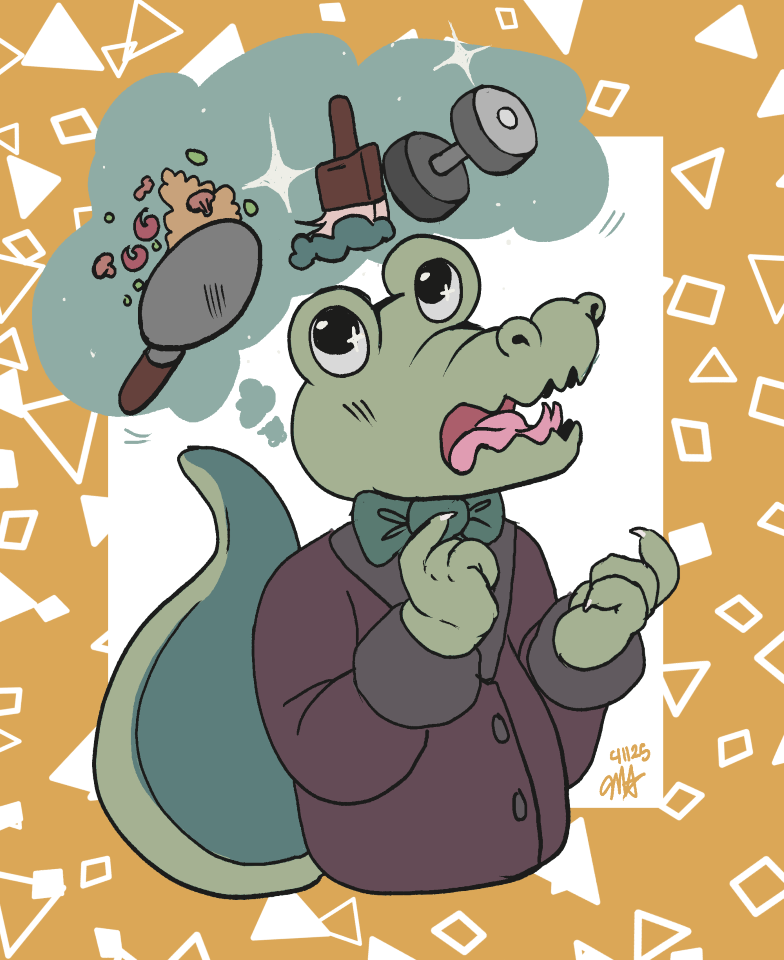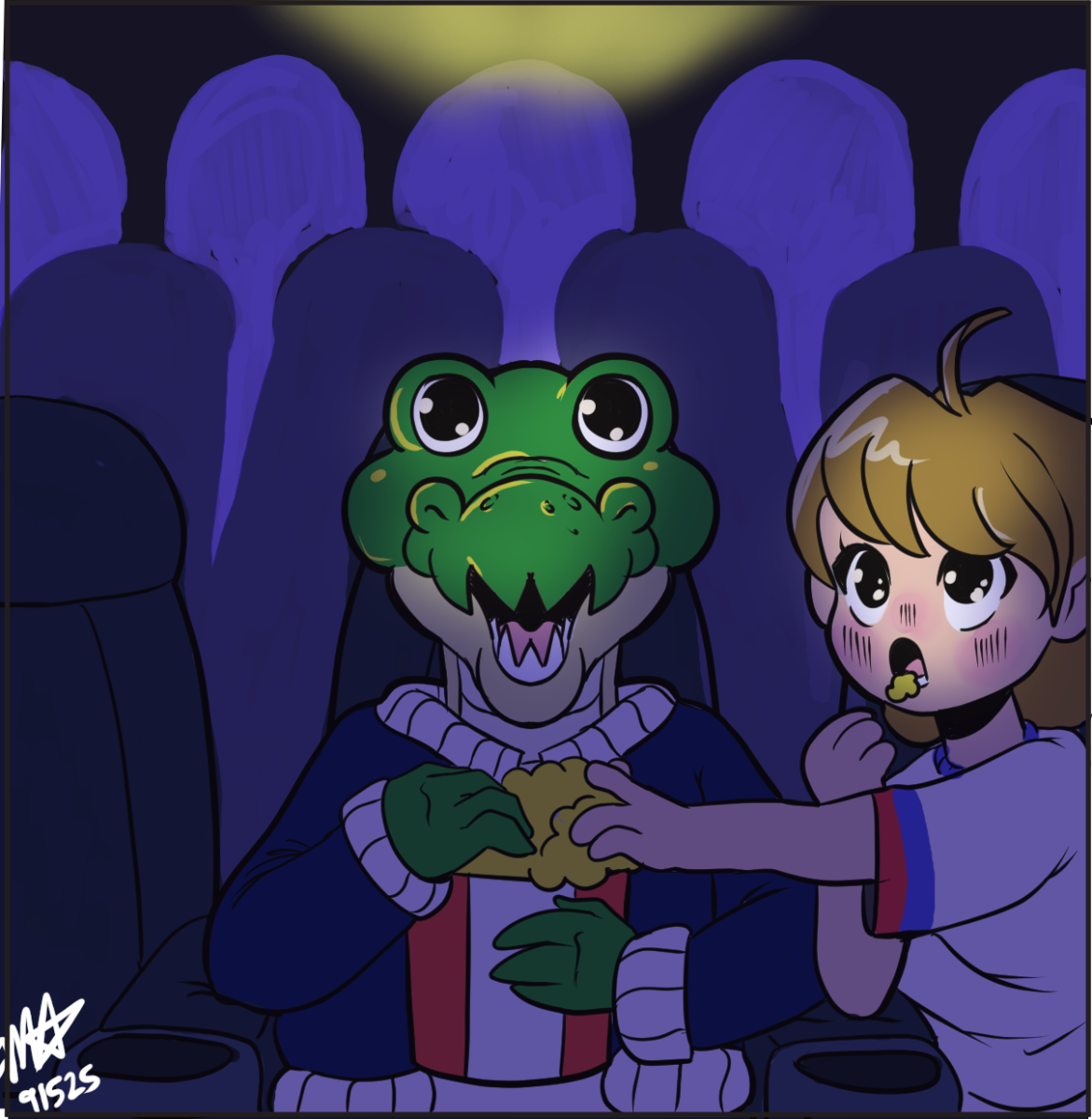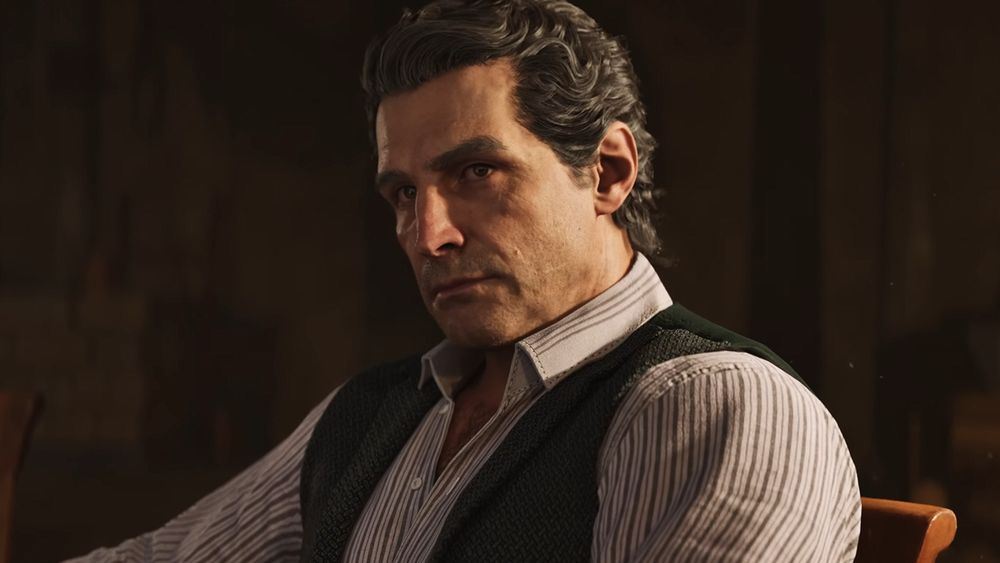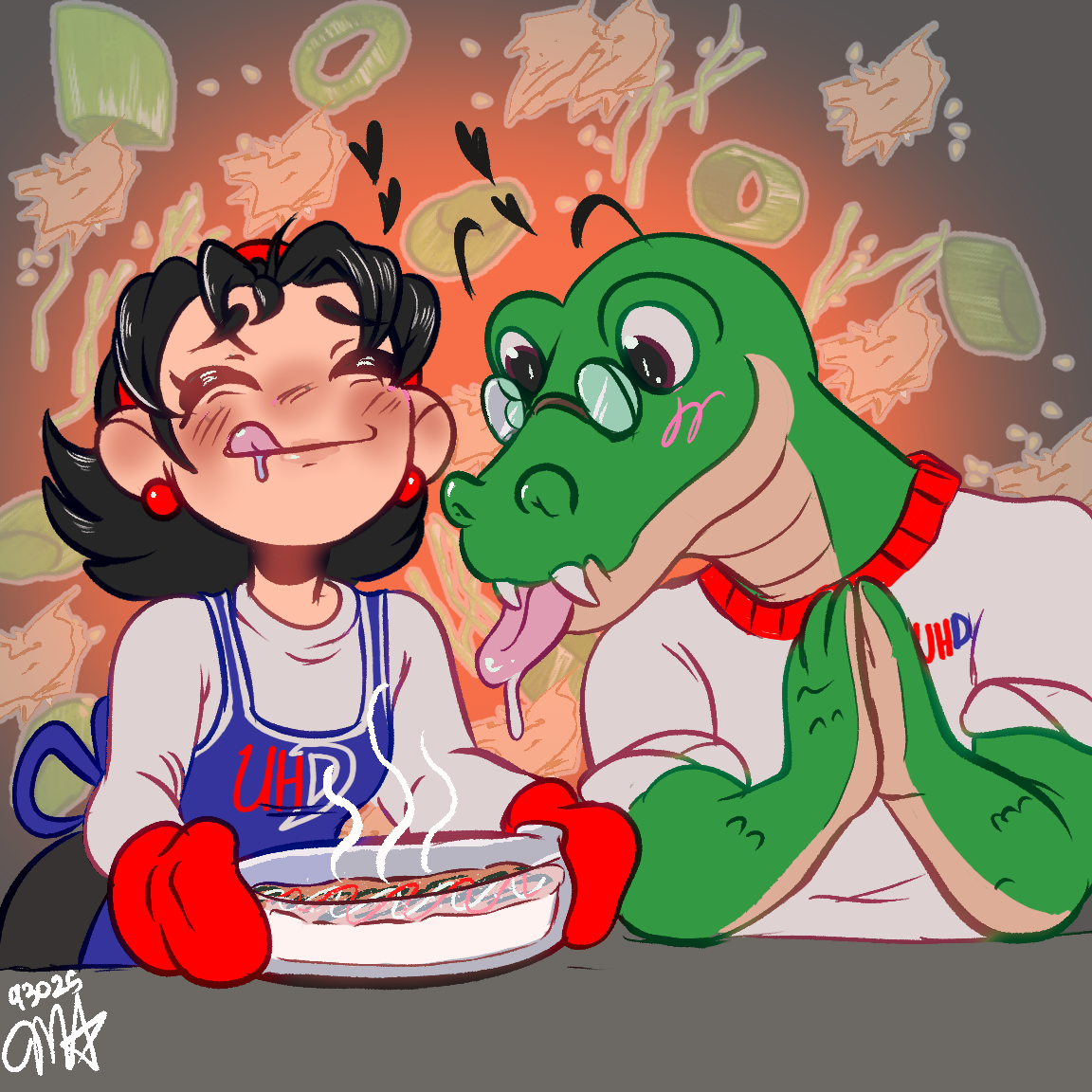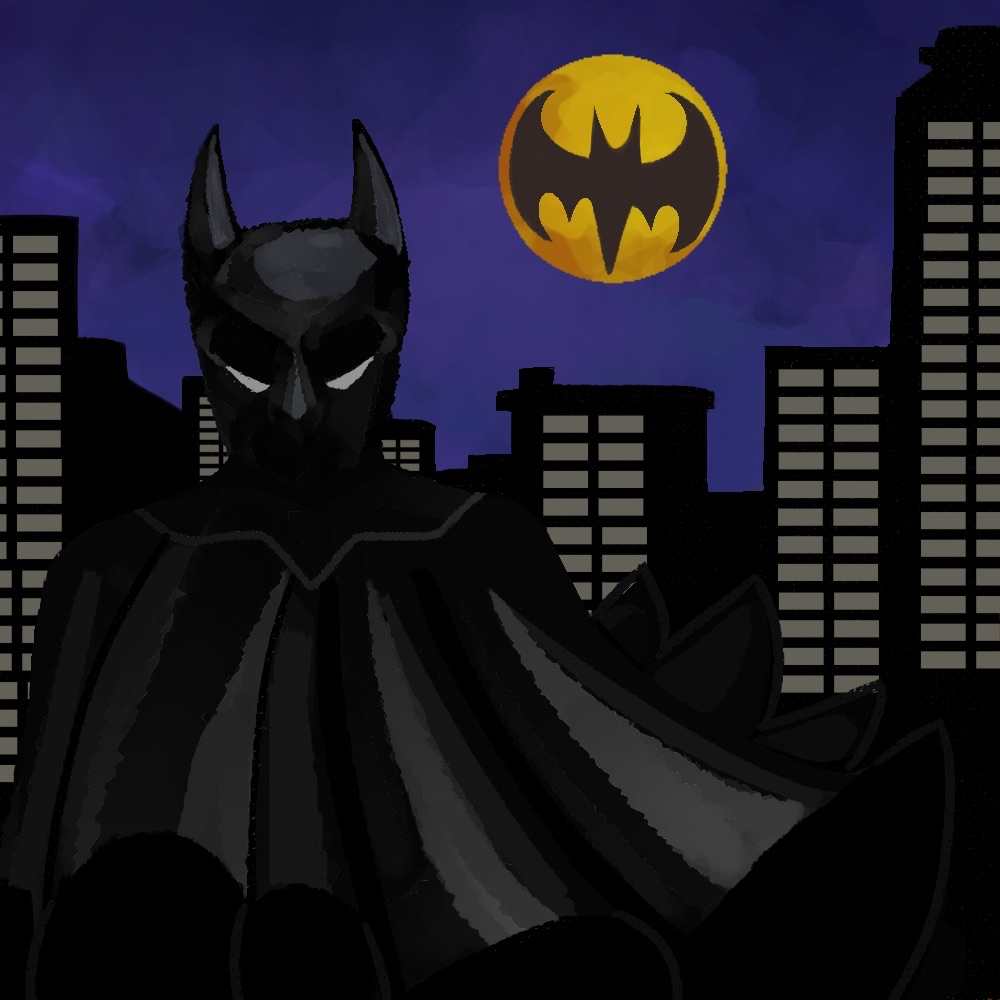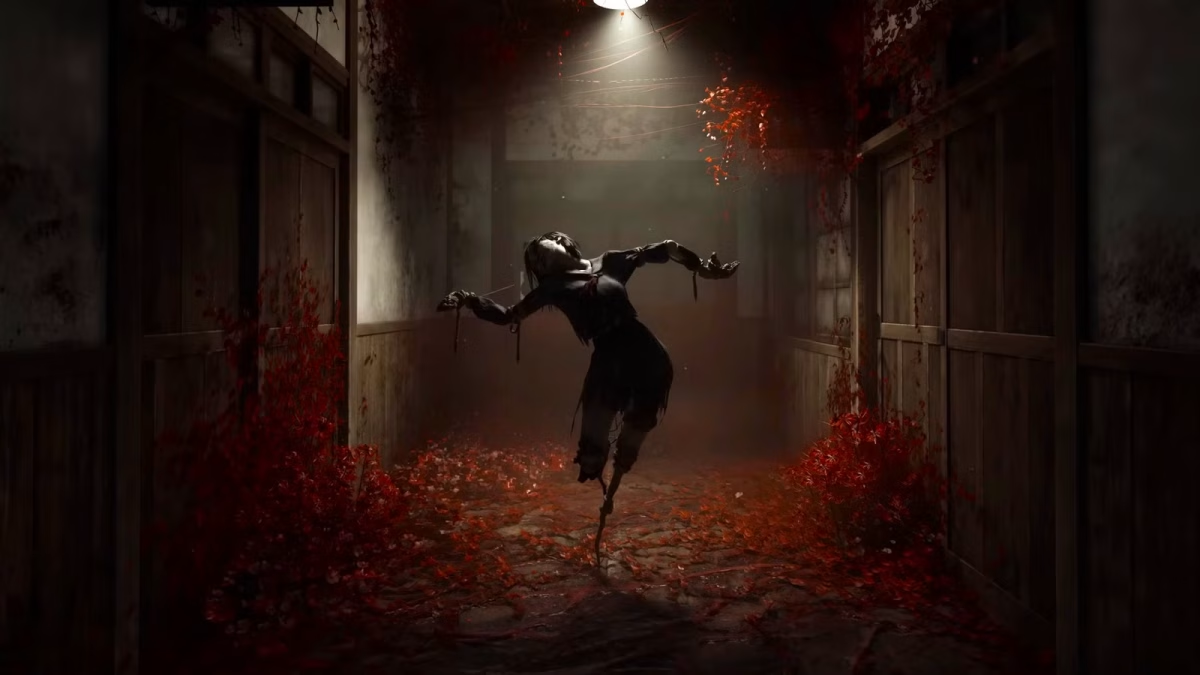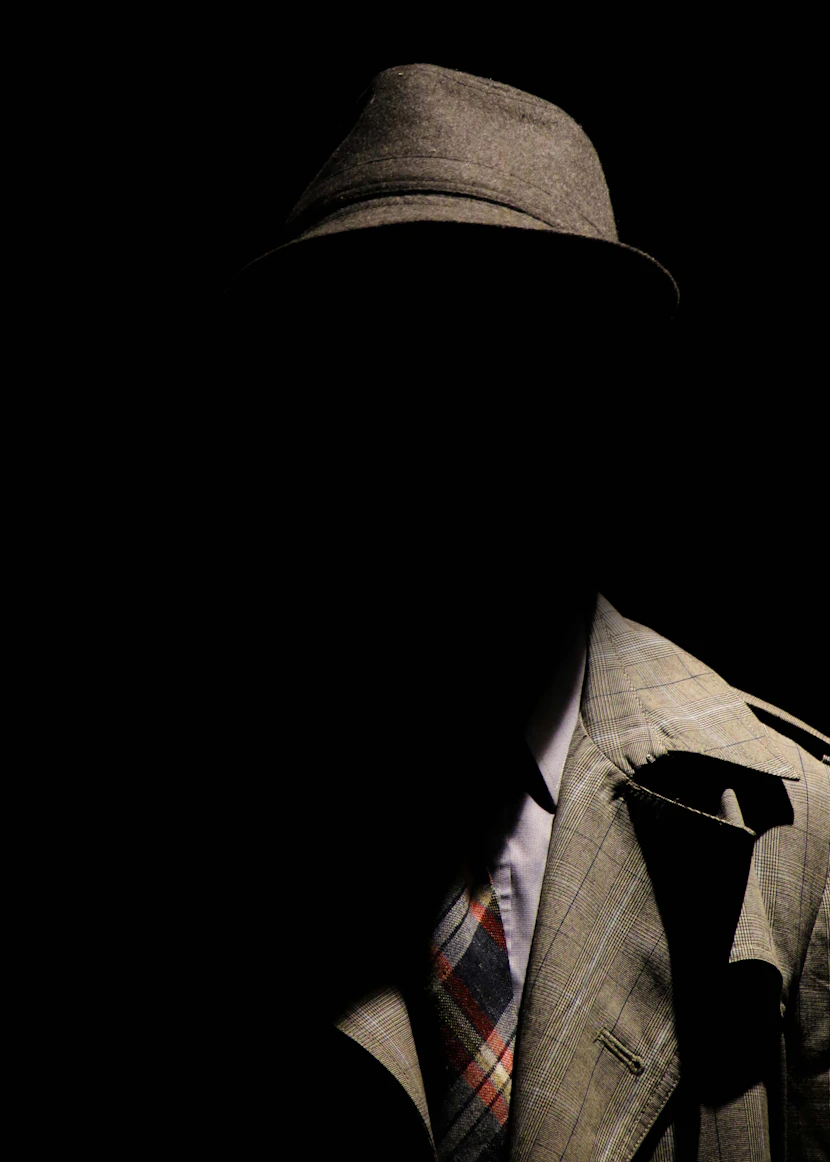The Batman Arkham series has been widely praised for its action-adventure gameplay, letting players step into Batman’s shoes as he protects Gotham City from various threats like the Joker, Scarecrow and the Arkham Knight. With gripping storylines, detailed combat mechanics and detective elements, the games dive into Batman’s battles against iconic villains and intricate conspiracies, all while exploring Bruce Wayne’s psyche beneath the mask. Across titles like “Arkham Asylum,” “Arkham City,” “Arkham Origins” and “Arkham Knight,” the series paints a rich picture of Batman’s strengths, obsessions and his deep-seated fears surrounding his legacy.
The Madness Begins in “Batman: Arkham Asylum”
It all kicks off with Batman bringing in the Joker, who he suspects is up to something sneaky, to Arkham Asylum. Sure enough, the Joker escapes and takes control of the asylum, letting loose all the inmates and trapping Batman inside.
He has to battle through the chaos, confronting villains like Harley Quinn, Poison Ivy, Scarecrow, Bane, Mr. Zsasz and Killer Croc while figuring out the Joker’s grand scheme. The Joker plans to use a formula called Titan to turn people into super-strong monsters and build an army of super-powered henchmen.
Batman fights through the madness to stop the Joker from unleashing Titan on Gotham. Ultimately, he defeats the Joker’s monstrous creations and saves the city.
The main theme here revolves around sanity versus madness. Batman’s biggest threat isn’t just the Joker’s craziness, but the realization that his mission teeters on obsession. The Scarecrow segments hint at Batman’s vulnerability to fear, setting the stage for inner struggles that will come back in “Arkham Knight.”
The City of Crime in “Batman: Arkham City”
In this installment, part of Gotham has been turned into a high-security prison dubbed Arkham City, where all major criminals can roam free, thanks to Mayor Sharp and Hugo Strange.
Bruce Wayne gets captured and thrown in there under Strange’s orders, who knows Batman’s real identity. He has to figure out Hugo Strange’s “Protocol 10.” Meanwhile, the Joker poisons both Batman and Gotham’s hospital, so our hero has to seek out a cure with Mr. Freeze’s help.
As he navigates the treacherous streets of Arkham City, Batman encounters familiar foes like the Joker, Harley Quinn, Two-Face, Penguin and Mr. Freeze while racing against time to unravel Strange’s plot and save the city.
By the end of “Arkham City,” Batman thwarts Protocol 10 — a plan devised by Hugo Strange and Ra’s al Ghul aimed at wiping out everyone in Arkham City, inmates included, to keep its secrets buried. Though Batman shuts it down, Ra’s al Ghul kills Strange, then inadvertently meets his end during a tussle with Batman.
The Joker, battling a disease from the Titan fiasco, launches a last-ditch attack with Clayface but is ultimately defeated. Despite Batman’s attempts to rescue him, the Joker dies, leaving Batman to grapple with their turbulent relationship and the repercussions of the Joker’s death on Gotham.
This storyline highlights the heavy weight of responsibility on Batman’s shoulders while forcing him to confront the loss of his own compassion. Their fates are intertwined, as Batman struggles between his vow not to kill and the instinct to save the Joker.
The Birth of the Dark Knight in “Batman: Arkham Origins”
Set in the early days of Batman’s career, this game throws him into chaos when eight deadly assassins come after him because of a bounty set by Black Mask, with legends like Deathstroke, Deadshot and Bane on the hunt.
Batman uncovers a larger scheme orchestrated by the Joker, who is posing as Black Mask and manipulating the criminal underworld. Throughout the night, Batman needs to survive the assassins’ onslaught while confronting his own inner demons and defining his true identity as Gotham’s Dark Knight.
He ultimately defeats the Joker, who is then sent to Blackgate Penitentiary, marking the start of their complex relationship.
This installment hints at future events that will shape the Arkham series, as Batman’s moral compass is tested when he faces the choice between saving Bane or the Joker, ultimately reviving Bane after stopping his heart.
The game revolves around Batman coming into his own as a symbol of justice and introduces the Joker as a chaotic counterpart to him, laying the groundwork for their toxic connection.
The End of the Bat in “Batman: Arkham Knight”
In this finale, Scarecrow releases the city’s villains, including the Arkham Knight, who has a personal vendetta against Batman and a militia to back him up. His terror plan includes citywide fear tactics, an evacuation and the release of fear toxin, aimed at breaking Batman by forcing him to confront his worst fears.
As Batman fights once more to save Gotham, he battles the Joker’s lingering persona within his own mind, leading to a psychological showdown that pushes him to his limits. Along the way, he deals with the haunting memories of the Joker and learns that the Arkham Knight is Jason Todd, the second Robin.
In the end, Batman’s identity is exposed, and he initiates the Knightfall Protocol to safeguard his loved ones, seemingly disappearing from the public eye.
This moment raises questions about identity and legacy. Can Batman exist alongside Bruce Wayne? He realizes his war has consumed him and put those he cares about in danger. The Knightfall Protocol symbolizes the symbolic death of Batman, allowing Bruce Wayne to escape the cycle of obsession.
The closing shot of a fear-ridden Batman leaves a lasting impression, suggesting his legacy will endure, even if Bruce himself won’t.
The Psychology of the Bat
The series is celebrated for its engaging combat, exploration of Batman’s mental state and intricate storylines that delve into his relationships with allies and foes alike. It shows a slew of iconic characters from the Batman universe, such as Harley Quinn, Catwoman and Poison Ivy.
The “Batman Arkham” series promises an exciting and immersive experience, revealing the depths of Batman’s character and his complex dynamics with Gotham’s most dangerous villains. Each game — from the tense atmosphere of “Arkham Asylum” to the vast expanse of “Arkham City” and the personal battles in “Arkham Knight” — challenges Batman, testing both his physical abilities and mental resilience.
The series skillfully weaves together action, stealth and detective work, showcasing the Dark Knight as he faces his inner struggles to defend Gotham from destruction. With its gripping narratives and memorable villains, the “Batman: Arkham” series provides a profound interpretation of Batman’s story in video game form.
Batman’s journey is less about winning and more about persevering. From his tumultuous origins to mastering control, wrestling with moral weight and finally facing self-destruction, the series presents Batman not just as Gotham’s protector but as one of its most tragic figures.
It ultimately posits that Batman is a man shaped by trauma and fear, yet also by steadfast determination. His victories aren’t merely about defeating enemies, but about choosing the kind of legacy he wants to establish.
You can dive into the “Batman: Arkham” series on PlayStation and Xbox today!


